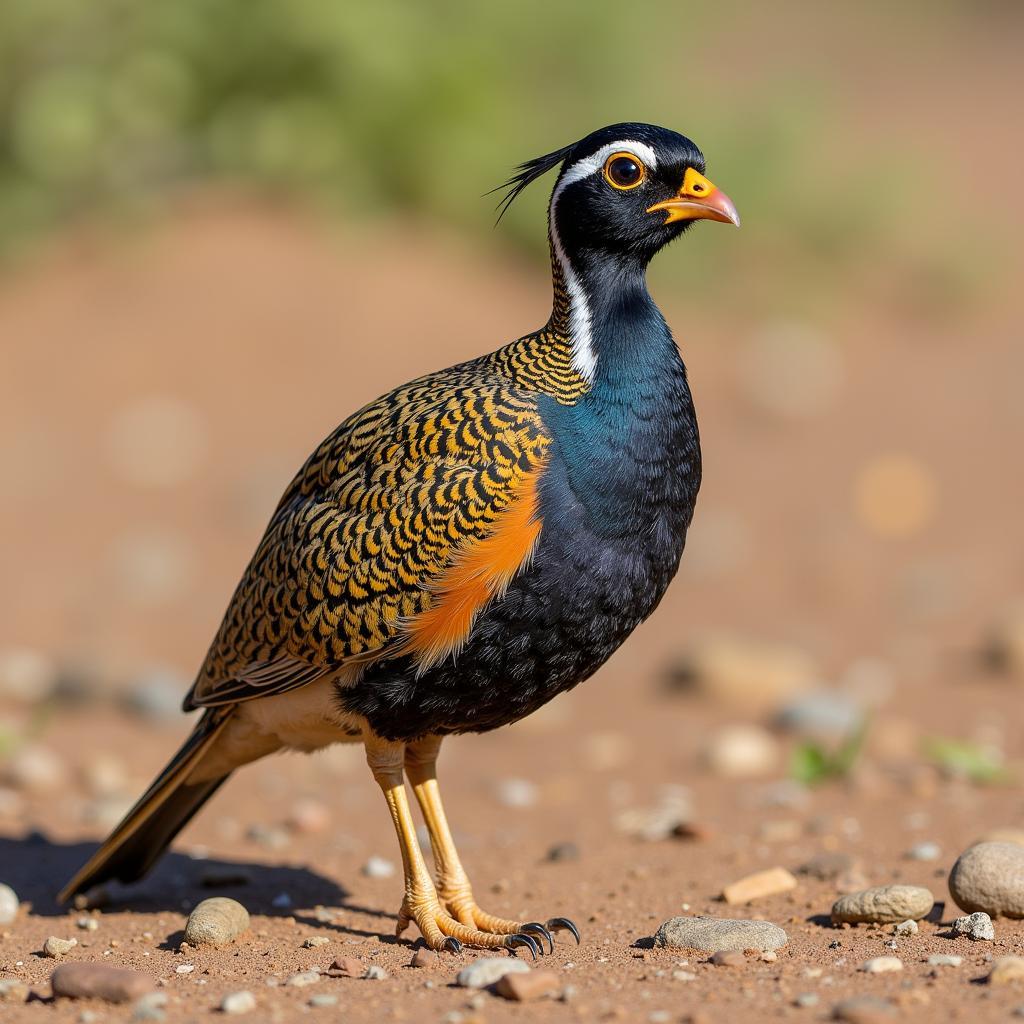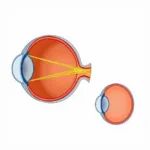Quail, those small, ground-dwelling birds, are known for their camouflaging plumage. But what color is quail, exactly? The answer, as you’ll discover, is more nuanced than you might think. It depends on the species, sex, and even the age of the bird. This article explores the fascinating world of quail coloration, delving into the variations and reasons behind their diverse feather patterns.
Quail plumage is generally a mixture of browns, buffs, grays, and whites, designed to blend seamlessly with their surroundings. This camouflage is crucial for survival, protecting them from predators like hawks, foxes, and snakes. Understanding the specifics of quail coloration can be valuable for birdwatchers, hunters, and nature enthusiasts alike. Let’s explore the diverse palette of these remarkable birds.
Decoding the Colors of Different Quail Species
Different quail species exhibit unique color patterns. For example, the Northern Bobwhite, common in the eastern United States, displays a rich chestnut brown on its upper parts, speckled with white and black. The males have a distinctive white throat and eyebrow stripe, while females have a buff-colored throat and eyebrow. California Quail, on the other hand, sport a striking forward-curving plume of feathers on their head, along with a scaled appearance on their underparts. Their overall color scheme is a blend of bluish-gray, brown, and white. The Mountain Quail, found in the western United States, boasts a longer, straighter head plume and a more complex plumage pattern, incorporating rich browns, grays, and white.
The variations don’t stop there. Gambel’s Quail, found in the deserts of the southwestern United States, exhibits a striking combination of bluish-gray, chestnut, and white. The male has a distinctive black face and belly patch, setting him apart from the more subtly colored female. These examples highlight the incredible diversity within the quail family. Understanding these differences can help you identify specific species in the field.
The Role of Camouflage in Quail Plumage
Why are quail often earth-toned? The answer lies in their need for camouflage. What color is a quail? It’s the color of the ground, the brush, the dried leaves—the very environment they inhabit. This camouflage allows them to blend seamlessly into their surroundings, making it difficult for predators to spot them. Whether they’re foraging for seeds or nesting in dense vegetation, their coloration provides a vital defense mechanism. This cryptic coloration is particularly important for ground-nesting birds like quail, which are more vulnerable to predation than birds that nest in trees.
How Quail Coloration Varies by Sex and Age
Coloration in quail can also vary based on sex and age. Often, males exhibit brighter, more distinct markings, particularly during the breeding season. These vibrant colors help attract mates and establish territory. Females, on the other hand, typically have a more subdued coloration, which aids in camouflaging them while they incubate eggs and care for young. Juvenile quail also possess a different plumage than adults, often resembling the female’s more cryptic coloration for protection.
 Gambel's Quail Male Displaying Plumage
Gambel's Quail Male Displaying Plumage
“The intricacies of quail plumage are truly fascinating,” says Dr. Ava Thompson, an ornithologist specializing in avian camouflage. “The subtle variations in color and pattern not only reflect the bird’s environment but also play a crucial role in its survival and reproductive success.”
The Importance of Quail Coloration for Hunters and Birdwatchers
For hunters, understanding quail coloration and the camouflage it provides can be essential for successful hunts. Knowing the specific colors and patterns of different quail species in your area can help you identify them in the field. What can you hunt in Colorado? Quail are certainly one option, but regulations vary. Similarly, birdwatchers can use their knowledge of quail coloration to identify different species and appreciate the nuances of their plumage. Knowing the subtle differences between male and female plumage, or the changes in coloration throughout the year, can enhance the birdwatching experience.
“Being able to distinguish between different quail species based on their plumage is a rewarding skill for any bird enthusiast,” says David Miller, a seasoned birdwatcher and nature photographer. “It adds another layer of appreciation to observing these beautiful birds in their natural habitat.” When is hunting season in Colorado? Checking local regulations is crucial for responsible hunting practices.
In conclusion, the question “what color is quail?” has a multifaceted answer. From the subtle browns and grays of the Northern Bobwhite to the striking patterns of the Gambel’s Quail, each species boasts a unique color palette perfectly adapted to its environment. Understanding these variations in quail coloration enhances our appreciation for these remarkable birds and their remarkable adaptations.
FAQ
- What is the most common color of quail? Browns, buffs, and grays are the most common colors, providing effective camouflage.
- Why do male quail often have brighter colors than females? Brighter colors in males attract mates and help establish territory.
- How does quail coloration help them survive? Their coloration provides camouflage, protecting them from predators.
- Do all quail species look the same? No, different quail species exhibit unique color patterns and markings.
- What is the purpose of the head plume on some quail species? The head plume is thought to play a role in courtship displays and communication.
- How can I identify different quail species? Learning the specific color patterns and markings of each species is key to identification.
- Do juvenile quail have the same coloration as adults? No, juvenile quail typically have a more cryptic coloration similar to the female.
Need more help with color selection or home design? Contact us! Phone: 0373298888, Email: [email protected] or visit us at 86 Cầu Giấy, Hanoi. Our customer service team is available 24/7. Explore our other articles for more information on various color-related topics and design inspiration.

